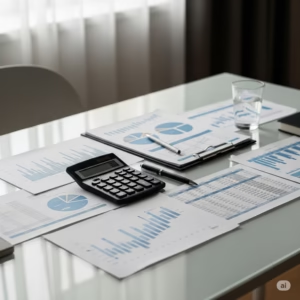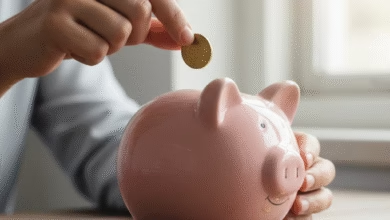
Are you looking for effective ways to lower your monthly expenses? One area where many households can save significantly is their water consumption. Reducing water usage not only benefits your wallet but also contributes to environmental sustainability. Here are 10 easy-to-implement tips to help you save money on your water bill.
1. Fix Leaky Faucets and Toilets Immediately: Stop Wasting Precious Drops

Leaky faucets and running toilets are silent money drainers. A seemingly small drip can waste gallons of water over time, leading to a surprisingly high increase in your water bill. Regularly inspect all faucets and toilets for leaks. If you hear a toilet running when it shouldn’t be, or see a constant drip from a faucet, address the issue promptly. Simple repairs like replacing a worn washer can make a big difference in your water consumption and your expenses.
2. Install Low-Flow Showerheads and Aerators: Efficient Water Usage in Key Areas
Upgrading to low-flow showerheads and faucet aerators is a cost-effective way to reduce water usage without sacrificing performance. Low-flow showerheads restrict the amount of water that comes out, while aerators mix air with the water stream, creating a strong flow with less water. These inexpensive devices can significantly decrease the amount of water you use for showering and washing hands and dishes.
3. Take Shorter Showers: Time Yourself for Water Savings
The shower is often one of the biggest water consumers in a household. Reducing your shower time by just a few minutes each day can lead to substantial water savings over the month. Try setting a timer to help you stay mindful of how long you’re in the shower. Consider turning off the water while you lather soap or shampoo.
4. Run Full Loads in Your Washing Machine and Dishwasher: Maximize Each Cycle

Avoid running your washing machine or dishwasher with partial loads. Waiting until you have a full load before starting a cycle ensures that you’re using water as efficiently as possible. For dishwashers, scrape food off plates instead of pre-rinsing extensively, as modern dishwashers are designed to handle this.
5. Water Your Lawn and Plants Efficiently: Timing and Targeted Watering
When it comes to outdoor water use, timing and technique are crucial. Water your lawn and garden during the cooler parts of the day, such as early morning or late evening, to minimize evaporation. Instead of a general sprinkler, consider using soaker hoses or drip irrigation systems that deliver water directly to the roots of plants, reducing waste. Also, adjust your watering schedule based on rainfall – there’s no need to water when nature has already done the job.
6. Use a Bucket When Washing Your Car: Avoid Unnecessary Water Flow
Washing your car with a running hose can use a significant amount of water. Instead, fill a bucket with soapy water and another with clean water for rinsing. Use a sponge or cloth to wash the car, and only use the hose for a quick rinse at the end. This simple switch can save dozens of gallons of water each time you wash your vehicle.
7. Collect Rainwater for Gardening: Harness Nature’s Free Resource

Rainwater harvesting is an environmentally friendly way to obtain water for your garden. You can install rain barrels to collect rainwater from your roof. This collected water is ideal for watering plants and can significantly reduce your reliance on tap water for outdoor use, especially during drier periods.
8. Teach Your Family About Water Conservation: Make It a Household Effort
Educating everyone in your household about the importance of water conservation is key to long-term savings. Encourage them to turn off the faucet while brushing their teeth, avoid letting the water run unnecessarily, and report any leaks they find. Making water conservation a shared responsibility can lead to noticeable reductions in your water bill.
9. Insulate Your Hot Water Pipes: Reduce Water Waste While Waiting for Heat

Insulating your hot water pipes, especially those in unheated areas, can reduce the amount of water you waste while waiting for the water to heat up. Insulated pipes help retain heat, so hot water reaches your faucets and showerheads faster, meaning you don’t have to run the water as long.
10. Be Mindful of Water Usage in the Kitchen: Simple Habits, Big Savings
Small changes in your kitchen habits can add up to significant water savings. For example, avoid thawing frozen food under running water; instead, thaw it in the refrigerator or microwave. When washing dishes by hand, don’t let the water run continuously; fill one sink with soapy water and the other with rinse water. These mindful practices can contribute to a lower water bill.
By implementing these 10 simple tips, you can effectively reduce your water consumption and save money on your monthly water bill. Start with the easiest changes and gradually incorporate more habits to enjoy both financial and environmental benefits.





